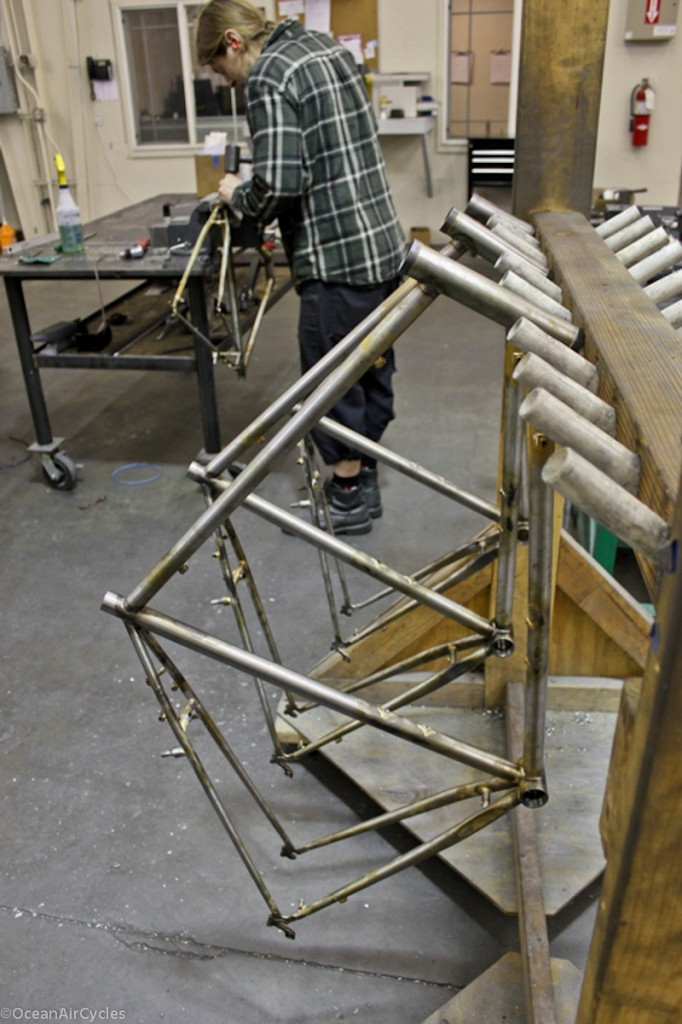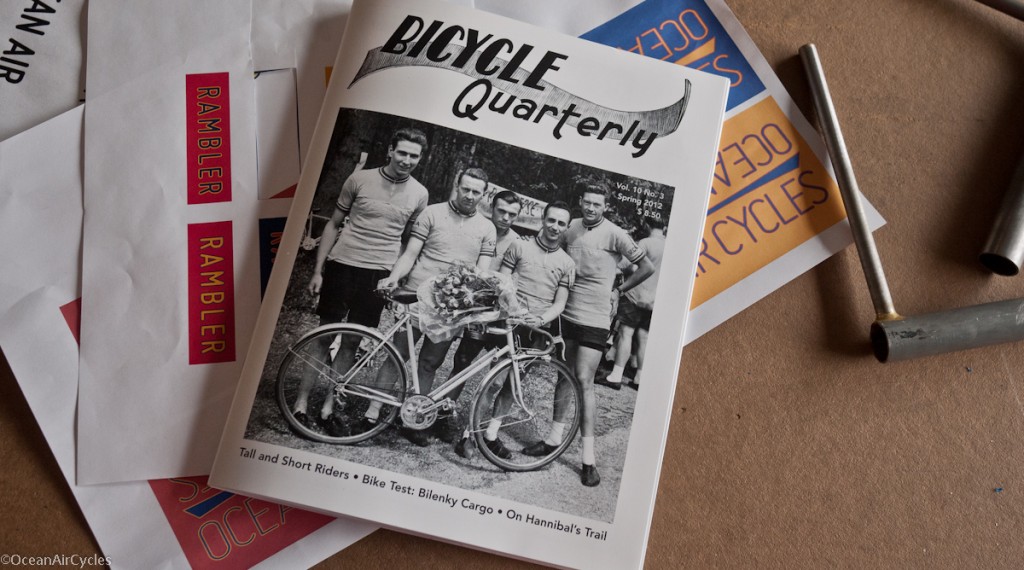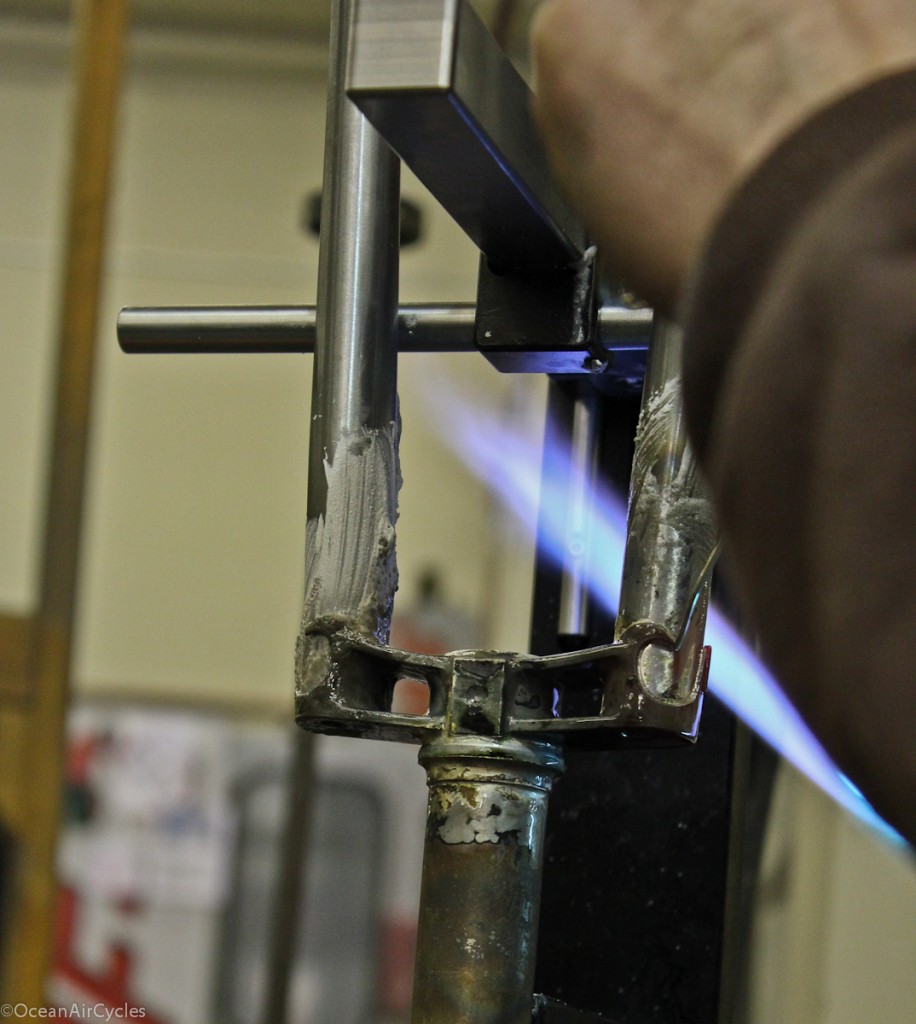While signing up for the Philly Bike Expo earlier this week the question came up if I was a “Builder”? My first answer was no, “Designer” with an OEM contractor. Then I filled in the description a bit more with “Bag Maker”. The thing is, it is hard to describe this in one simple phrase. Would I make the upcoming bikes if I had the means? I am pretty sure the answer is yes, but the tooling and equipment are out of reach and not feasible in our current space. For now I am a Designer with respect to the bikes.
On the bags I am designer, and maker at the moment. Maybe that makes me a bag and wallet builder? That is an issue of semantics. For now I wear all three hats.
The bottom line is that I know what I like, the way I want particular things to be and perform. This may sound selfish, but I love to make things. I get an idea in my head, work it out on paper, and often take it into the workshop to bring it into reality. Today’s example is a couple of revisions to the Makr style touring wallet. Based on feedback from the first round, the design was revised into a wallet with more pockets and a version that can hold a boat load of cards for a trade show (NAHBS is this weekend). Two completely different wallets, and what was an item is becoming a line.
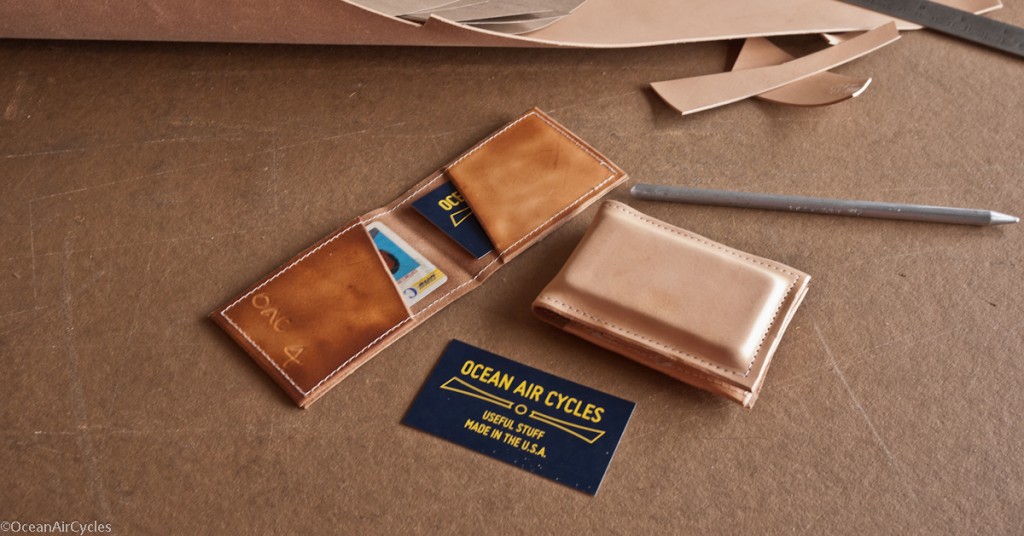
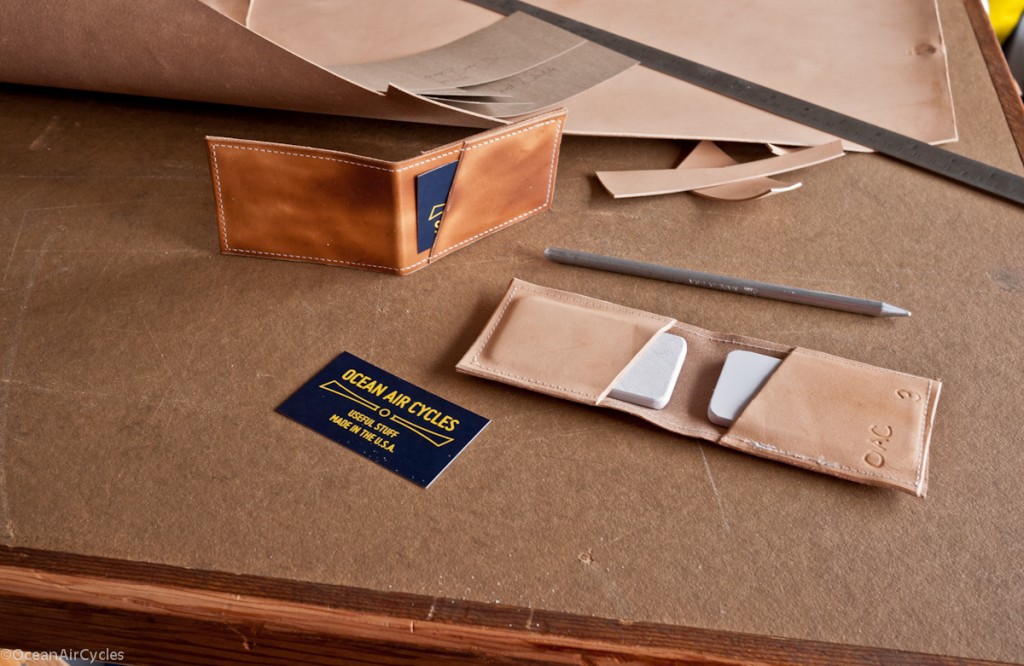 The wallet is going to a friend who will run it through the paces. The card holder is for me. The exercise helped fuel my creative energy to complete more complex designs, like the handlebar bag I have in the works. Likewise it is a release so that I can better focus on the business side of things the rest of the day without the distraction of pent up designs floating around in my head.
The wallet is going to a friend who will run it through the paces. The card holder is for me. The exercise helped fuel my creative energy to complete more complex designs, like the handlebar bag I have in the works. Likewise it is a release so that I can better focus on the business side of things the rest of the day without the distraction of pent up designs floating around in my head.
I know how to design things so that they can be made over and over, in the hopes that more people than myself agree with my line of thinking and want one of my designs for themselves. My qualifications stem from a 35 or so years of making things the way I want them, an engineering education, another 15 years of working in the post college world and a deep understanding of what I want things to be. It is my hope that as Ocean Air Cycles grows, you will have faith in the ability of my designs, and through use transform the faith into understanding and appreciation.
…………………….
Enough lofty thoughts, it is Leap Day, get out and ride. I can not imagine missing the unique opportunity, and having to admit that one did not ride a bike on Leap Day.
If you like the wallets, let me know. I can get you a custom soon, or in a bit will be producing them in small batches.
As mentioned above, NAHBS (Hand Built Bike Show), is this weekend in Sacramento. I am planning on being up there to walk the floor on Saturday. If you see me and feel inclined, it is always nice to meet readers in the wild, stop me and say Hi.
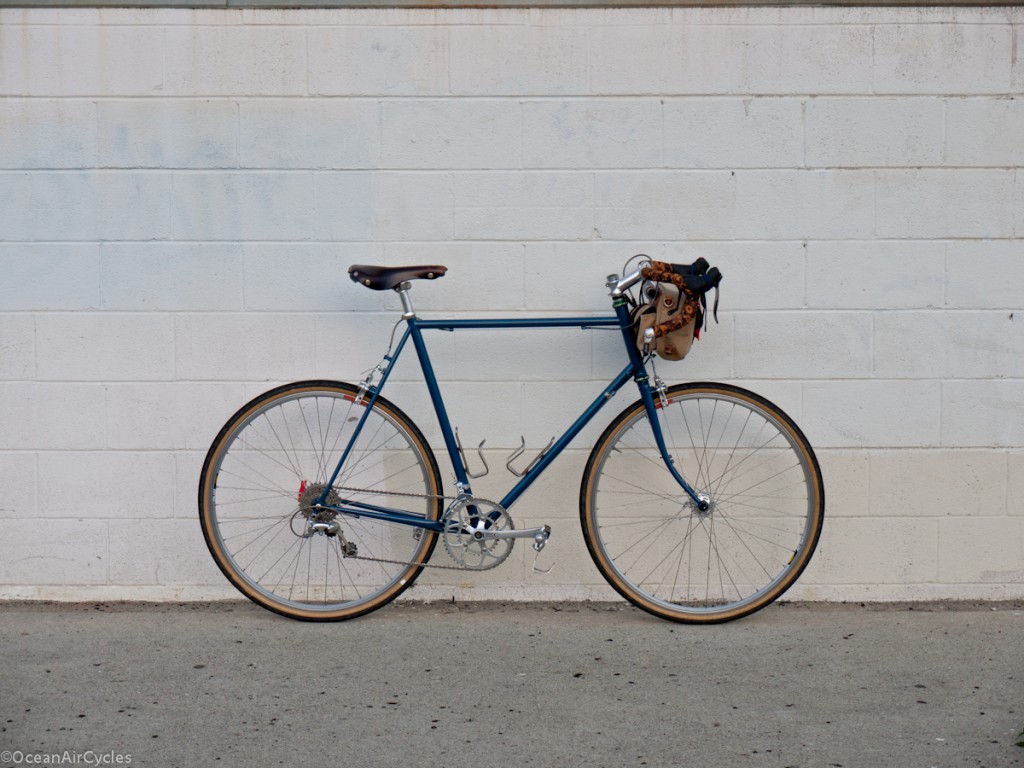
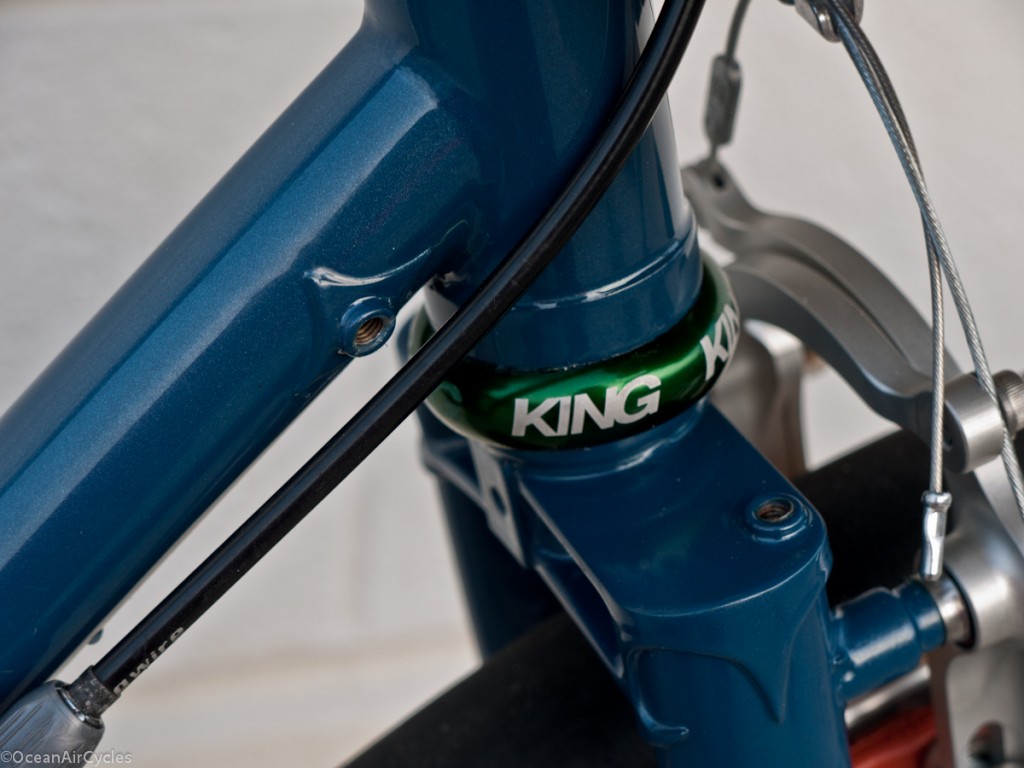
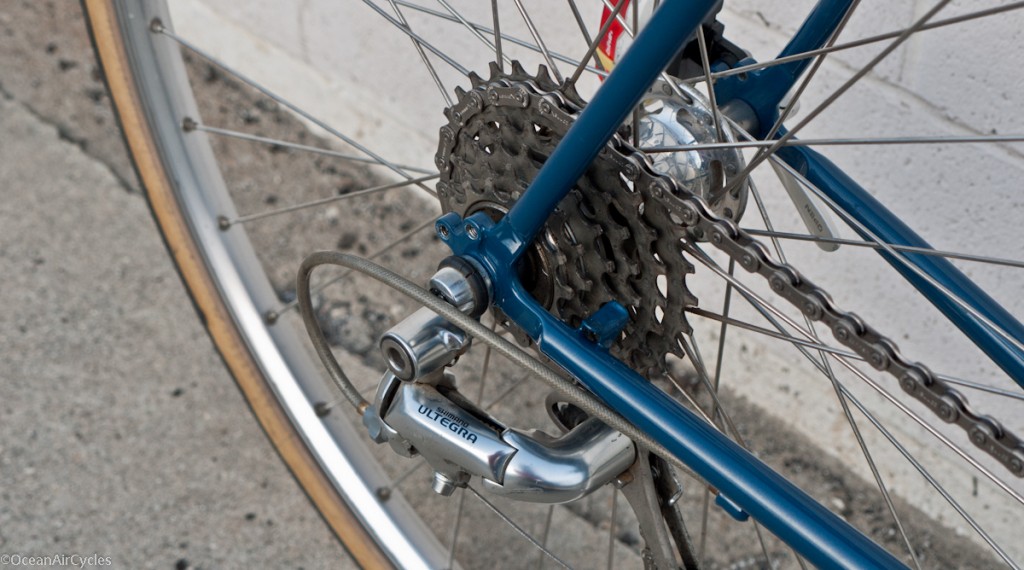
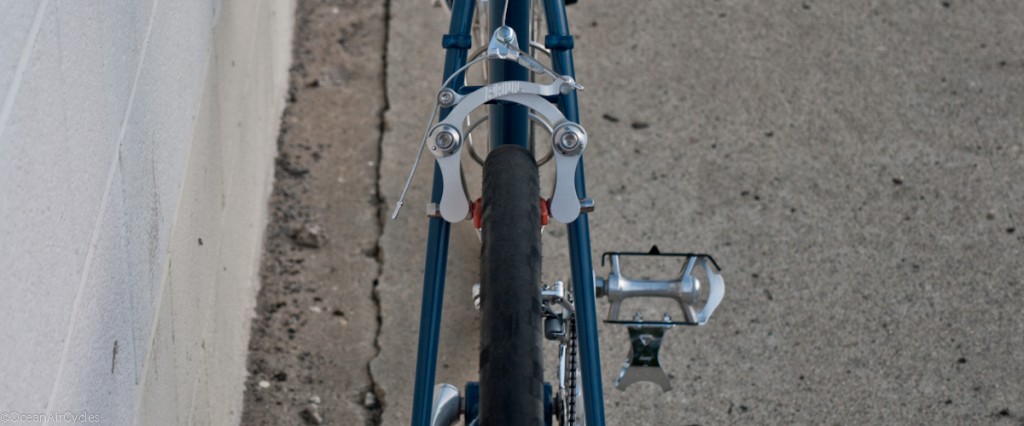
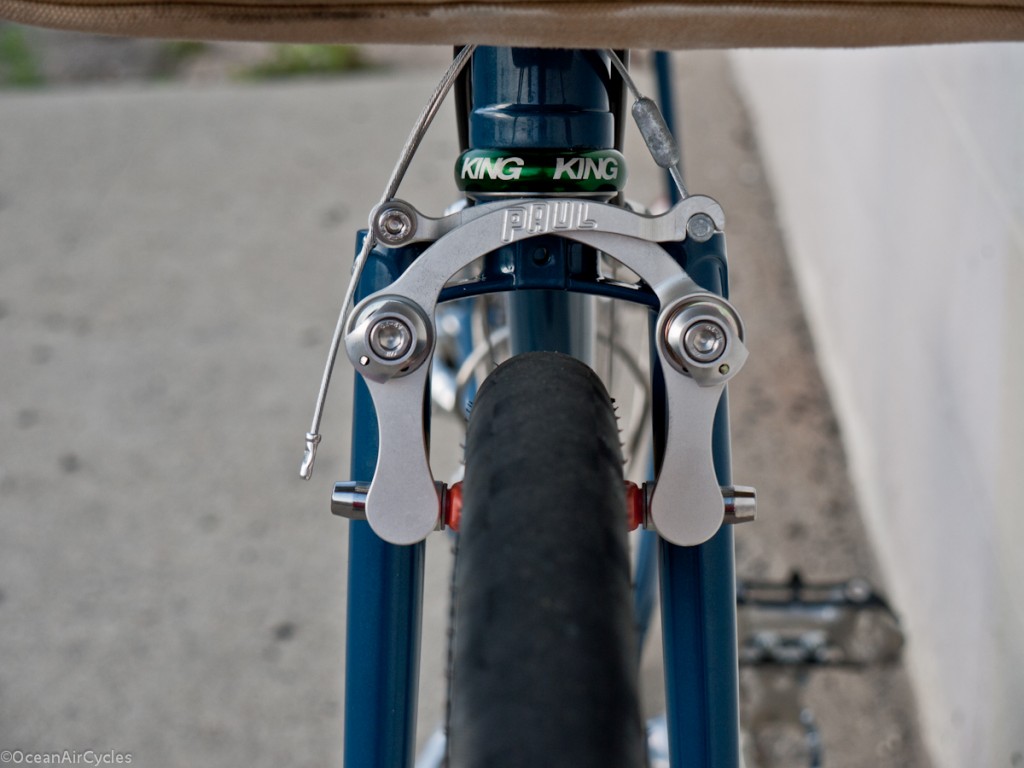 Wiring port for internal routing of lighting wires. Crown mounted rack bosses. Tons of room around the Jack Brown 33mm tires. The Paul Racer brakes are so freaking awesome.
Wiring port for internal routing of lighting wires. Crown mounted rack bosses. Tons of room around the Jack Brown 33mm tires. The Paul Racer brakes are so freaking awesome.